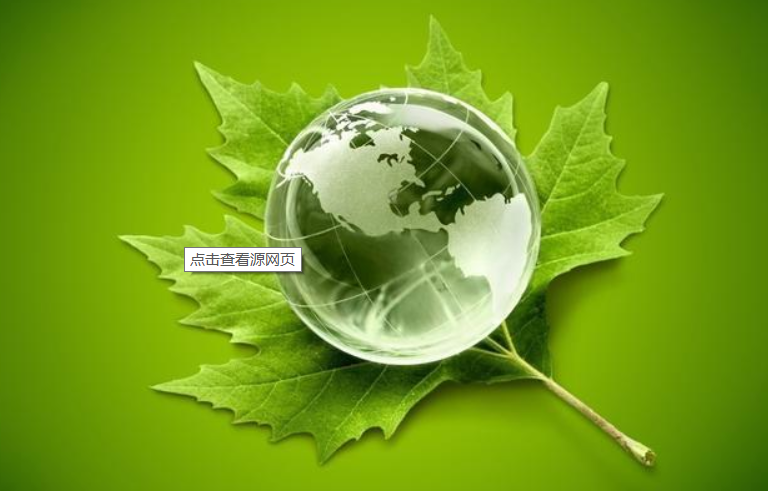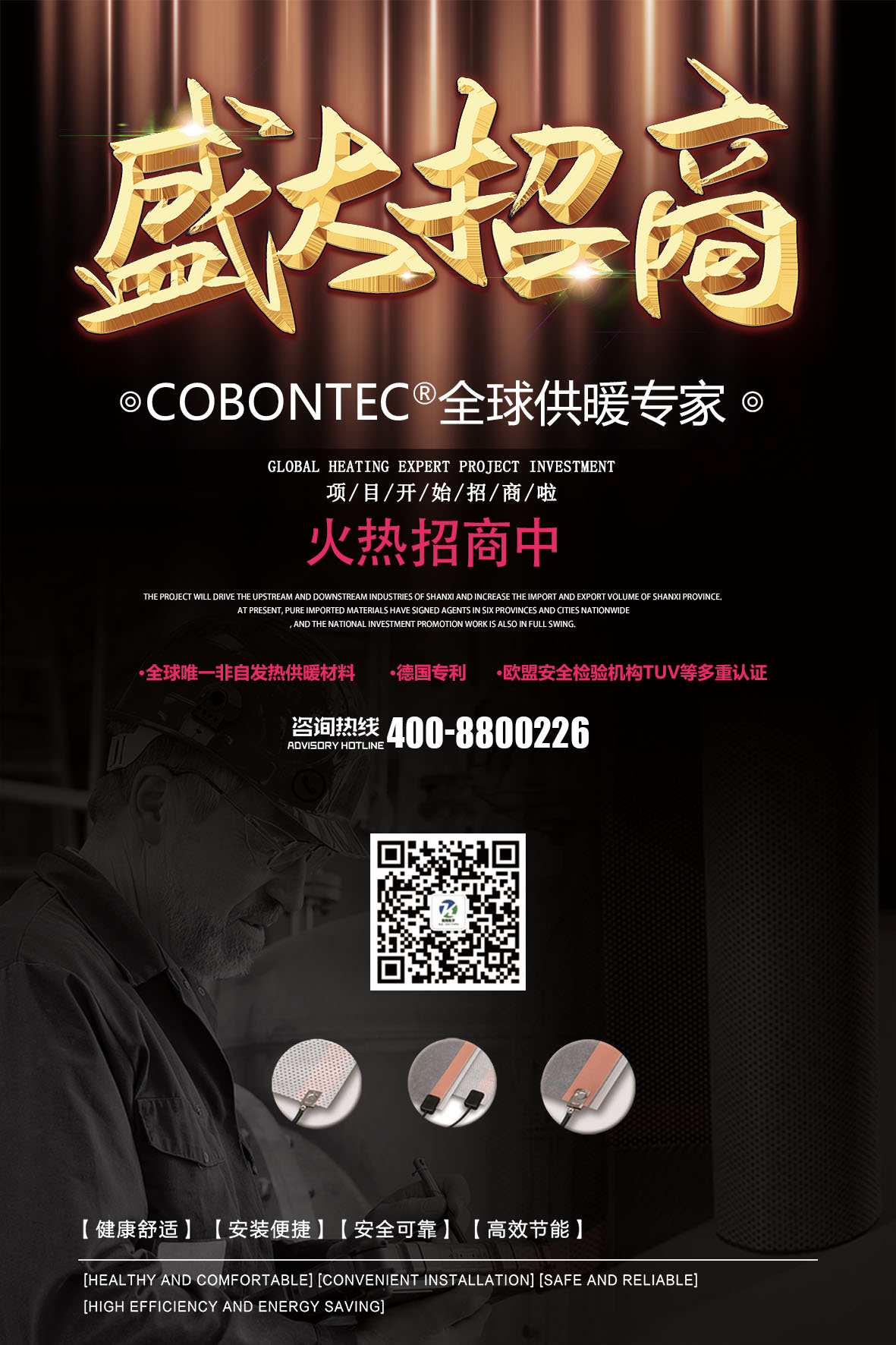"Establish carbon trading, the ultimate goal is no trading"
"Establish carbon trading, the ultimate goal is no trading"
What is the impact of investment opportunities in thermal power, new energy, finance and other fields? Can individuals participate in carbon trading?
On July 16, the opening price of national carbon trading was 48 yuan / ton, and the closing price was 51.23 yuan / ton. It was 6.73% higher than the opening price. On July 20, the closing price of national carbon trading was 53.28 yuan / ton.
Carbon trading prices rose for three consecutive days, which will accelerate the optimization of the competition pattern of high energy consuming industries, and high energy efficiency leaders are expected to benefit. Although only the electric power industry was included in the first batch of carbon trading, with the clarity of carbon rights measurement standards for various industries, all walks of life, such as steel, nonferrous metals, building materials, petrochemical, chemical industry, are expected to enter.
The launch of carbon trading is also expected to bring investment opportunities in the financial sector. A spokesman for the CSRC said at a press conference on June 18 that in order to coordinate with the development process of the carbon spot market, the CSRC actively guided the Guangdong futures exchange to implement the development strategic plan of Guangdong, Hong Kong and Macao Bay area and accelerate the construction of the carbon futures market.
At present, a number of enterprises have arranged carbon emission exchanges, carbon asset management, etc“ The ultimate goal of establishing a carbon trading mechanism is to hope that there is no demand for trading. If the goal of carbon neutrality is implemented step by step, the scale of carbon trading will continue to shrink. " Zhang Xiaowen, an expert in the environmental protection industry, said that carbon trading is an auxiliary means to achieve the goal of carbon neutralization, and the investment value of carbon trading needs to continue to be observed.
Power generation industry is the first to be included in emission accounting for 47%
According to the measures for the administration of Carbon Emission Trading (for Trial Implementation) promulgated by the Ministry of ecological environment in January this year, "carbon emission right" refers to the carbon emission quota allocated to key emission units within a specified period of time. The determination and allocation scheme of the total carbon emission quota is formulated by the Ministry of ecological environment, According to the plan of the Ministry of ecological environment, the provincial competent department of ecological environment shall allocate the annual carbon emission quota to the key emission units within its administrative region.
Generally speaking, carbon trading can be understood as the trading of carbon emission quota by key emission units through the national carbon emission trading system. According to Zhao Yingmin, Vice Minister of the Ministry of ecological environment, the construction of a national carbon emission trading market is a major institutional innovation to control and reduce greenhouse gas emissions by using the market mechanism and promote green and low-carbon development. It is an important policy tool to achieve the goals of carbon peak, carbon neutralization and national independent contribution.
The power generation industry is the first industry to be included in the national carbon market. Zhao Yingmin said that taking the power generation industry as the first batch of start-up industries can give full play to the positive role of the carbon market in controlling greenhouse gas emissions, and the management system of the power generation industry is relatively sound with a good data base.
According to the data of 2018 quoted by industrial securities in its recent research report, China's carbon emission industry is highly concentrated. The top four industries of electric power, ferrous metal smelting and calendering, non-metallic minerals, transportation and storage account for 84% of the total emission, of which the electric power industry accounts for 47%.

Wang Zhixuan, member of the Party committee of China Federation of electric power enterprises, said in a recent media interview that carbon trading is the use of competition mechanism to promote technological innovation and survival of the fittest in the industry. Power generation enterprises have made preparations for the start of carbon trading for several years, and have made sufficient preparations in terms of training and internal mechanism construction.
Some institutions believe that carbon trading will accelerate the optimization of the competition pattern of high energy consuming industries, and energy-efficient leaders are expected to benefit.
In an interview with shell finance reporter, industry expert Zhang Xiaowen said that through the establishment of carbon trading mechanism, carbon emission enterprises can feel the pressure. At the same time, enterprises can obtain the right to survive by purchasing carbon emission rights, and promote enterprises to speed up the construction of clean energy.
Zhang Xiaowen believes that some power generation enterprises have huge thermal power assets, and it is difficult to completely clean the low-carbon environment immediately. In recent years, some enterprises have invested a lot in the construction of clean energy. Establishing a carbon trading mechanism is equivalent to redefining the starting line for these enterprises under the goal of carbon reduction - enterprises that have not invested in clean energy before will need to pay for the saved expenses in the future, and enterprises that have built clean energy capacity can balance their investment through this mechanism.
Huatai Securities said in its research report at the beginning of the year that it is expected that enterprises will measure the interest relationship between emission reduction cost and purchase quota in combination with their own technical level. The carbon trading mechanism will benefit large capacity and low coal consumption units in the short term, with limited impact on existing units. Huatai Securities said that according to its calculation, carbon trading is expected to drive the total profit of new coal-fired power units to increase by about 0.6% - 1.6%.
picture
New energy industry chain continues to be optimistic
As a measure to boost the realization of carbon neutrality, under the background of the official launch of carbon trading, the environmental protection, new energy and other industries that had been paid attention to several times before attracted the attention of the market again.
A recent research report of Southwest Securities pointed out that it is optimistic about the five investment opportunities brought by carbon trading: carbon detection, new energy segmentation and the overall industrial chain, new energy electric vehicles, waste treatment and carbon consumption, and green buildings.
In the energy transformation of replacing non renewable energy such as thermal power with renewable energy such as wind power and photovoltaic, some analysts believe that the overall trend will be the continuous reduction of coal power generation, the continuous expansion of wind and solar power generation, the stable support of sub optimal energy, and biomass as a complementary force. In this context, the new energy industry chain and the traditional power enterprises transforming to new energy are favored by many institutions.
At present, in addition to the dominant carbon emission rights, another product in the domestic carbon trading market is certified voluntary emission reduction (CCER). According to the measures for the administration of Carbon Emission Trading (for Trial Implementation), key emission units can use CCER to offset the payment of carbon emission quotas every year, and the offset proportion shall not exceed 5% of the carbon emission quotas that should be paid.
In a recent report, the carbon neutral Committee of China Energy Conservation Association proposed that forestry carbon sequestration has great development value and is the most effective means to revitalize forestry assets under the domestic ecological red line system. In addition, forestry carbon sequestration is more ecosystem friendly and is a low-cost negative emission technology. The special committee predicts that the forestry carbon sequestration CCER project is likely to have a higher priority and the highest certainty.
It is generally believed in the industry that with the clarity of carbon right measurement standards in various industries, industries such as steel, nonferrous metals, building materials, petrochemical and chemical industry are expected to enter the market. With the gradual spread of carbon trading, photovoltaic, wind power, nuclear power and other new energy and carbon neutral related industries will usher in predictable dividends.
Financial instruments are expected to help reduce carbon
Besides, the launch of carbon trading is also expected to bring investment opportunities in the financial sector. Gao Li, spokesman of China Securities Regulatory Commission, said at a press conference on June 18 that the national spot trading of carbon emission rights is about to start. In order to coordinate with the development process of carbon spot market, she will actively guide the Guangdong futures exchange to implement the development strategic plan of Guangdong, Hong Kong and Macao Bay area and accelerate the construction of carbon futures market.
Can individuals participate in carbon trading? Previously, the Ministry of ecological environment organized the drafting of the "Interim Regulations on the administration of Carbon Emission Trading (Revised Draft)" mentioned that individuals, as one of the trading subjects of the national carbon emission trading market, can participate in carbon emission quota trading. In other words, in the future, carbon trading will be a way of financial investment for the public to participate.
Huatai Securities pointed out in a recent research report that carbon emission reduction promotes the technological transformation of traditional industries and the vigorous development of green emerging industries, thus creating a large amount of investment and financing demand. Banks need to gradually increase green credit to improve the credit structure. In terms of securities companies, in the future, domestic securities companies can seize the development opportunities of the industry and actively participate in the underwriting and issuance of carbon bonds, investment consultation in carbon finance market and investment in carbon finance under the existing institutional framework.
The reporter noticed that among the more than 30 stocks listed as carbon trading concept stocks in tonghuashun, several listed companies are shareholders of carbon emission exchanges in various places, such as Shenzhen energy, Changyuan power of Hubei Carbon Emission Trading Center Co., Ltd., and Zixin pharmaceutical, which controls northern environmental energy exchange Co., Ltd, Participate in the national inspection group of Hubei Carbon Emission Trading Center Co., Ltd.
In addition, Carbon Asset Management and carbon financial investment are also one of the layout directions of enterprises. According to the 2020 annual report of State Grid Yingda, a state grid holding subsidiary, its wholly-owned subsidiary, State Grid Yingda Carbon Asset Management (Shanghai) Co., Ltd. ("Yingda Carbon Asset") is the only carbon asset management company in the system of State Grid Corporation of China and a professional carbon asset management organization in the industry.
According to State Grid Yingda, Yingda carbon assets, as a third-party organization entrusted by some local governments, provides third-party carbon emission audit services for key emission control enterprises, and has signed carbon asset development contracts with a number of companies, with a cumulative carbon asset development volume of millions of tons. Yingda carbon asset has membership of 8 carbon exchanges in Beijing, Tianjin, Shanghai, Guangdong, Shenzhen, Hubei, Fujian and Sichuan, and membership of International Emission Trading Association. It has provided account opening services for more than 100 institutional investors, with an accumulated carbon trading volume of more than 60 million yuan.
After 2015, Aikang technology acquired 100% equity of Beijing Carbon Technology Co., Ltd. ("carbon technology") with 3 million yuan. Carbon technology's main business is consulting, development and operation, trading agency and other related rights of carbon assets. In mid March, when Aikang technology replied to investors' questions, it said that at present, the carbon emission reduction development of carbon Nuo technology for new energy has gradually focused on the development business of forestry carbon sink. Carbon Nuo technology has assisted many emission control enterprises in Jiangyin, such as small self owned power plants, to carry out basic work such as carbon inventory, pre audit and emission inventory preparation, so as to promote the compilation of local carbon emission intensity inventory in Jiangyin.
However, there are also views that the so-called carbon trading concept stocks need to be treated more rationally“ The ultimate goal of establishing a carbon trading mechanism is to hope that there is no demand for trading. If the goal of carbon neutrality is implemented step by step, the scale of carbon trading will continue to shrink. " Zhang Xiaowen said that carbon trading is an auxiliary means to promote the goal of carbon neutralization, and the investment value of carbon trading needs to be observed again.
The article is taken from the international energy information network.

2021
?
山西凱翔凱宇科技·致力研發(fā)清潔能源
綠色能源 & 創(chuàng )新科技
用綠色能源喚醒城市
-
業(yè)務(wù)咨詢(xún)  400-880-0226
400-880-0226
識別二維碼

商務(wù)合作請留言
END.